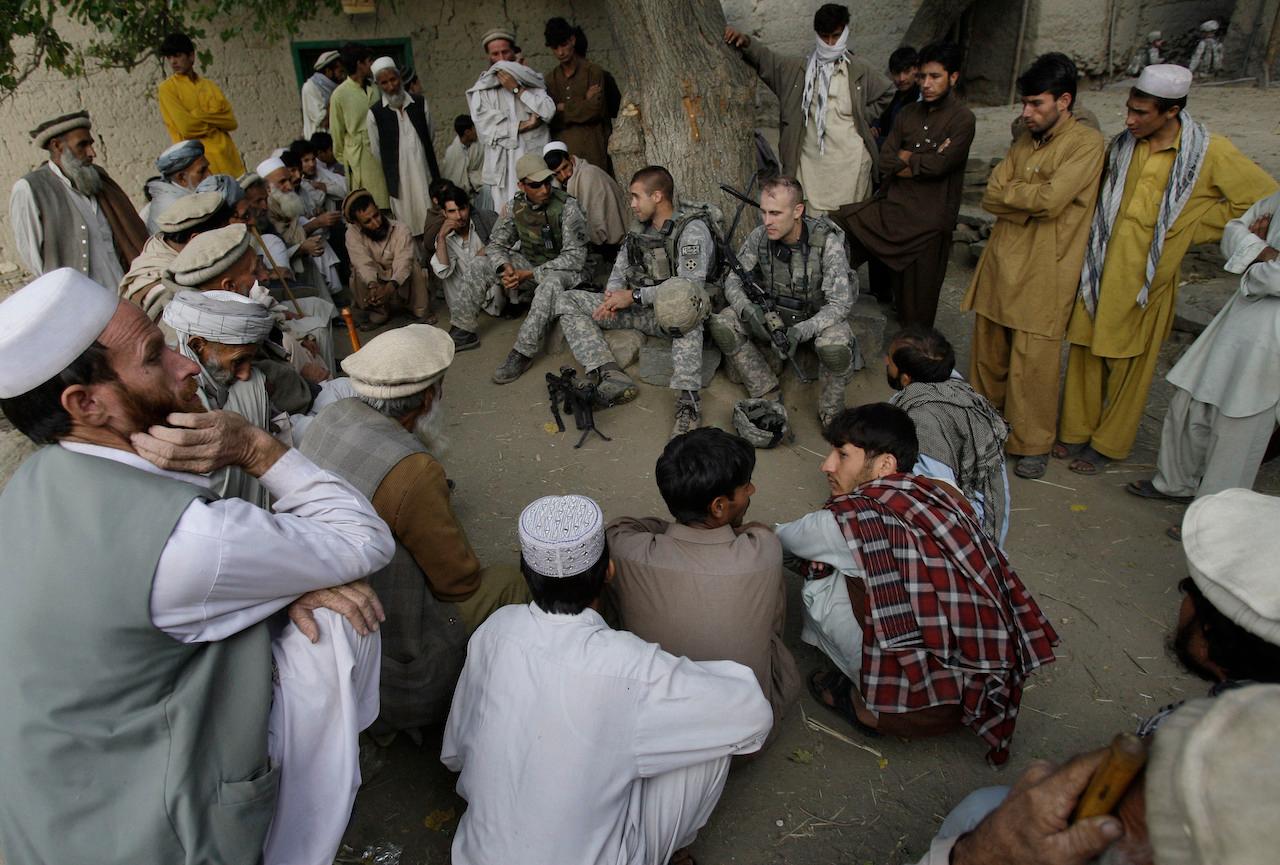Abandoned Afghans who worked for US fear for their lives after final withdrawal
'The Taliban considers them to be literally enemies of Islam. There’s no mercy for them.'
Just In
The fate of Afghan interpreters and their families after the final US troop withdrawal when a likely Taliban resurgence takes place is causing great fear and despondency.
Most of them are anxious to be relocated to the US, with many saying this is what they were promised when asked to risk their lives. But their road to an American haven is proving to be a rocky one.
Interpreters and other civilians who worked for the US or Nato can get what is known as a special immigrant visa, or SIV, under a programme created in 2009 and modelled after a similar programme for Iraqis.
Both SIV programmes have long been dogged by complaints about a lengthy and complicated application process for security vetting that has grown more cumbersome with pandemic safety measures.
US Secretary of State Antony Blinken told reporters last month that the US is committed to helping interpreters and other Afghan civilians who aided the war effort, often at great personal risk.
The Biden administration has also launched a review of the SIV programmes, examining the delays and the ability of applicants to challenge a rejection. It will also be adding anti-fraud measures.
Former interpreters, who typically seek to shield their identities, are becoming increasingly public about what they fear will happen should the Taliban return to power.
“They absolutely are going to kill us,” Mohammad Shoaib Walizada, a former interpreter told the AP after joining others in a protest in Kabul.
At least 300 interpreters have been killed in Afghanistan since 2016, and the Taliban have made it clear they will continue to be targeted, said Matt Zeller, co-founder of No One Left Behind, an organisation that advocates on their behalf. He also served in the country as an army officer.
“The Taliban considers them to be literally enemies of Islam,” said Zeller. “There’s no mercy for them.”
Members of Congress and former service members have also urged the US government to expedite the application process, which now typically takes more than three years.
In December, Congress added 4,000 visas, bringing the total number of Afghans who can come with their immediate family members to 26,500, with about half the allotted amount already used and about 18,000 applications pending.
Critics and refugee advocates said the need to relocate could swell dramatically if Afghanistan tumbles further into chaos and violence.
As it is, competing warlords financed and empowered over many years by US and Nato forces threaten the future along with a resurgent Taliban, who have been able to make substantive territorial gains against a poorly trained and poorly equipped Afghan security force largely financed by US taxpayers.
Subscribe to our newsletter
To be updated with all the latest news and analyses daily.
Most Read
No articles found.
